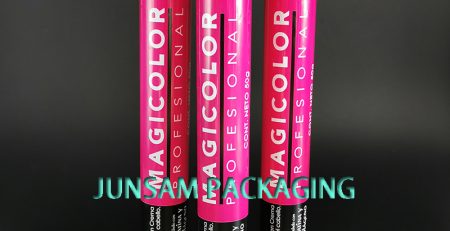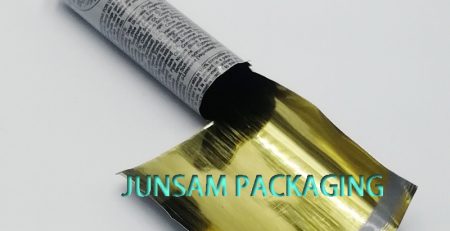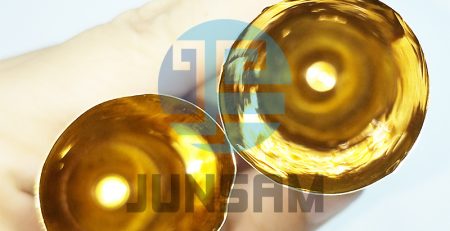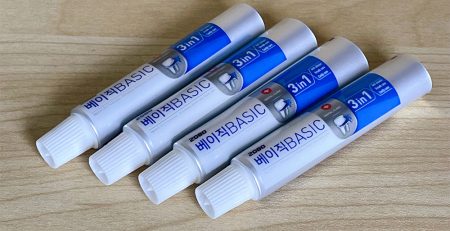The prospects for such a clear makeup market worldwide are expected to benefit from three drivers:
Firstly, thanks to the disposable income for continuous growth.
IMF data show that the economic growth rates of developed and emerging economies will rise from 1.9% and 4.0% in 2015 to 2.1% and 4.7% in 2017, respectively.
The economic growth of these economies is increasing the purchasing power of consumers and supporting the market for cosmetic products, such as hair coloring, hand cream, men’s shaving cream etc..
In developed countries, consumer makeup has become a fairly common lifestyle, especially for women.
According to a survey of daily mail in 2018, the average British woman will carry a makeup product worth £57.
In emerging economies, the use of high-end brands can demonstrate social status, so high-end products are very popular among the middle class and the new rich, and the growing disposable income will encourage these consumers to choose products with good quality and high reputation.
Secondly, the gender concept has been changed. The rapid urbanization of emerging economies and the increase in the female workforce are increasing awareness of image management in the workplace.
Among them, the social form of emerging economies has gradually modernized, the concept of equality between men and women has also improved, and opportunities for women to enter the workplace are increasing.
Women tend to wear makeup in their daily work, which increases their purchase of makeup.
In developed countries, men are also preparing to spend more on makeup products as people gradually eliminate gender stereotypes.
According to market research firm Yugoff, more than 20% of British men in the 2018 often wear makeup, and this proportion is on the rise in the United States and the United States and other European and American countries.
In OliveYoung, Korea’s largest beauty shopping site, sales of men’s cosmetics in 2018 soared by 30% year-on-year, and sales of color lip balms increased by 16 times.
These changes in gender perception are strongly promoting the development of the makeup market.
Thirdly, due to the main market drivers, changeable packaging and innovative marketing tools
Make-up manufacturers have been working to improve their brand image and advertising strategies to increase their sales in various countries.
Among them, the promotion of natural ingredients and the introduction of small packaging to increase the sales of cosmetics are some of the hottest strategies.
Because as cosmetics become an integral part of the lifestyle, women prefer products that they can carry with them.
And with the increasing variety of make-up products on the market, many consumers are often unable to use one product, and they expect to try as many products as possible to meet the needs of their different occasions.
The small package of similar products can guarantee the full use of consumers at a lower price, which is more popular in the market.
At the same time, since the makeup will directly contact the skin, the eyes, the lips, and the like, the consumer has a strong desire for whether the product ingredients have side effects on the body and whether they contain natural ingredients beneficial to the skin.
Many brands that promote natural ingredients, such as Origins, Sisley, and Kiehl’s, have received great attention in the past few years, while mainstream manufacturers such as Lancome, Dior, and Maybelline are launching new natural ingredient product lines to capture the market.
However, the makeup market is currently subject to many factors.
More influential is the increasingly strict government regulation: almost all make-ups are made up of pigments and lipids.
The pigment industry is currently experiencing a recession in a strict government regulatory and policy environment.
A large number of pigments have been banned, including cadmium pigments, chromium sulphate lead and lead chromate red.
The European Union (EU) strictly restricts the use of cadmium pigments, lead (Pb) and their compounds containing CMR 1 or 2 classified aromatic amines because they have a detrimental effect on human health.






